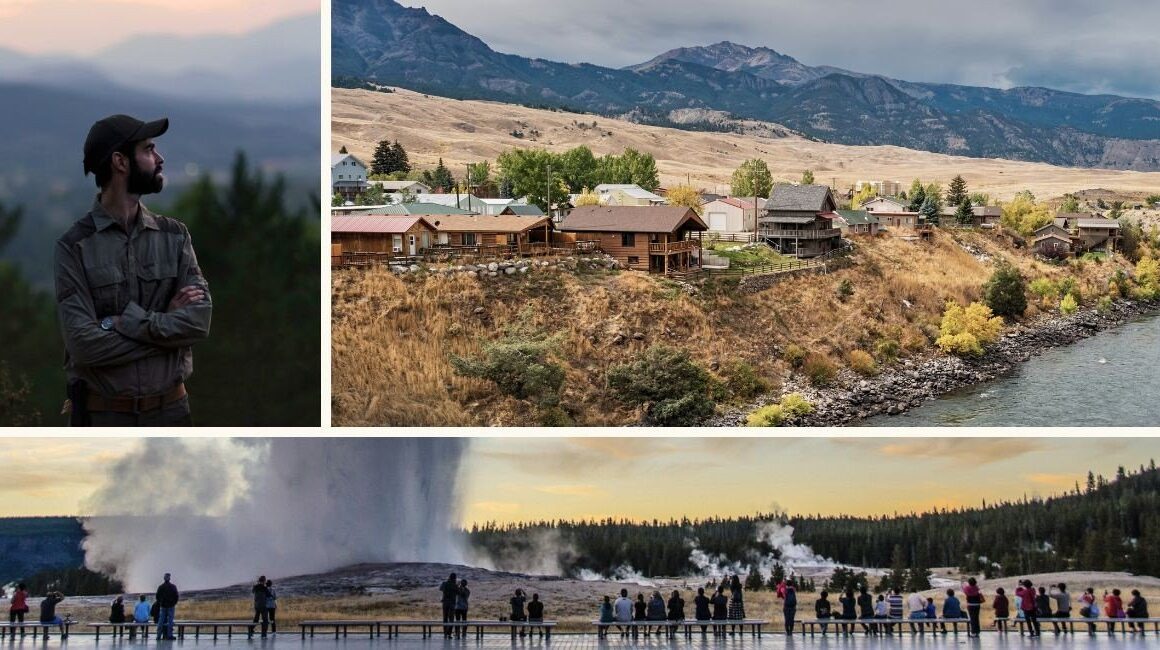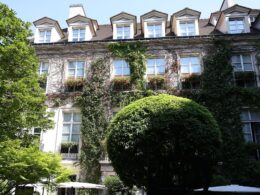Yellowstone, the oldest national park in the U.S., draws millions of visitors each year with its natural beauty and stunning geothermal attractions like Old Faithful.
But for the roughly 3,000 National Park Service employees and concessionaires who work in the park during peak season, finding affordable housing can be an immense challenge.

(Getty Images)
One quarter of Yellowstone employees earn less than $51,000 annually and half earn less than $64,000, according to NPS. Meanwhile, housing costs have surged in the gateway communities that surround the park, which is located mostly in northwestern Wyoming.
In West Yellowstone, MT, the closest gateway town to the park’s main attractions, median list prices have nearly doubled since 2017, to more than $840,000 last year. In nearby Gardiner, MT, they are up more than 250% in the same period, to more than $1 million, according to Realtor.com® data.

(Getty Images)
Those prices are closer to those usually found in the New York City or San Francisco metro areas than in rural Montana. Park officials say housing costs have made recruiting and retaining employees a challenge, as workers struggle to find places to live.

(Realtor.com)
"I can count at least five critical positions where we've tried to recruit, but we got turned down by the applicant because of a lack of housing," Park Superintendent Cam Sholly told NPR earlier this year.
In February, however, Yellowstone received a lifeline in the form of an anonymous $40 million donation. It will fund the construction of 70 modular units to address the park's critical shortage.
“This transformational gift will meet a critical need for new housing in Yellowstone and be a catalyst for more philanthropic investment,” said Will Shafroth, president and CEO of the National Park Foundation, at the time. “These skilled, dedicated professionals at the National Park Service who protect our parks and make visitors’ experiences great deserve housing they can be proud to call home.”
The new donation will add new units on top of a prior multimillion-dollar housing improvement program to update and expand employee housing across Yellowstone.
Those efforts include replacing trailer homes that date to the 1960s with modern modular housing, renovating nontrailer housing that is in poor condition, and rehabilitating historic homes that date to the 1880s.
The park says it is also pursuing housing lease options in the gateway communities of Gardiner and West Yellowstone. But with home values in those towns hitting the stratosphere, it's unclear whether that option would be cost-effective.
Other national parks face similar woes
The housing problems at Yellowstone can also be found at many other national parks, which are often located in remote areas with limited housing stock.
The COVID-19 pandemic spurred a boom for rural real estate, particularly second homes near outdoor getaways. Short-term rental investors have also played a role, snapping up homes near popular destinations in order to list them on platforms like Airbnb and VRBO.
A National Park Foundation assessment of NPS housing needs at three national parks—Acadia, Yosemite, and Grand Teton—found that, in total, those parks require more than $115 million in funding to add over 200 new employee housing units.
“The housing challenges facing each park are unique, and so are the solutions,” said NPS Director Chuck Sams in a statement earlier this year.
NPS employs some 20,000 people at 429 national parks, battlefields, historic sites, and recreation areas located in all 50 states, the District of Columbia, and U.S. territories.
NPS has more than 5,600 housing facilities in over 200 parks across the country, ranging from 100-year-old cabins to modern dormitories and duplexes.
More than 15,600 people rely on these homes, including 2,800 permanent and 5,000 seasonal employees, as well as volunteers, and employees of concessionaires, according to the park service.
NPS says its current shortage of employee housing is the result of a combination of factors, including rising property values in communities surrounding parks and increasing demand for vacation rentals near national parks.
The park service says it invests tens of millions annually to address housing operation, maintenance, repair, and construction, and to offset leased housing in nearby communities when in-park housing is not available.








